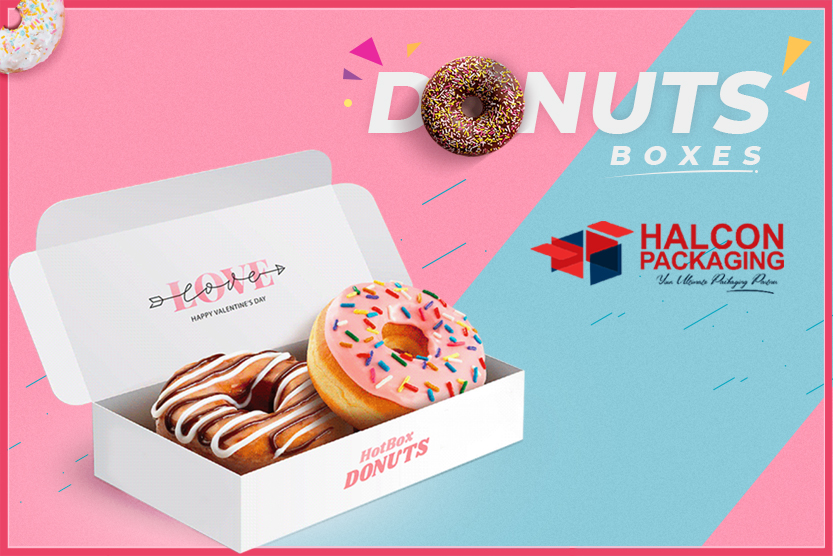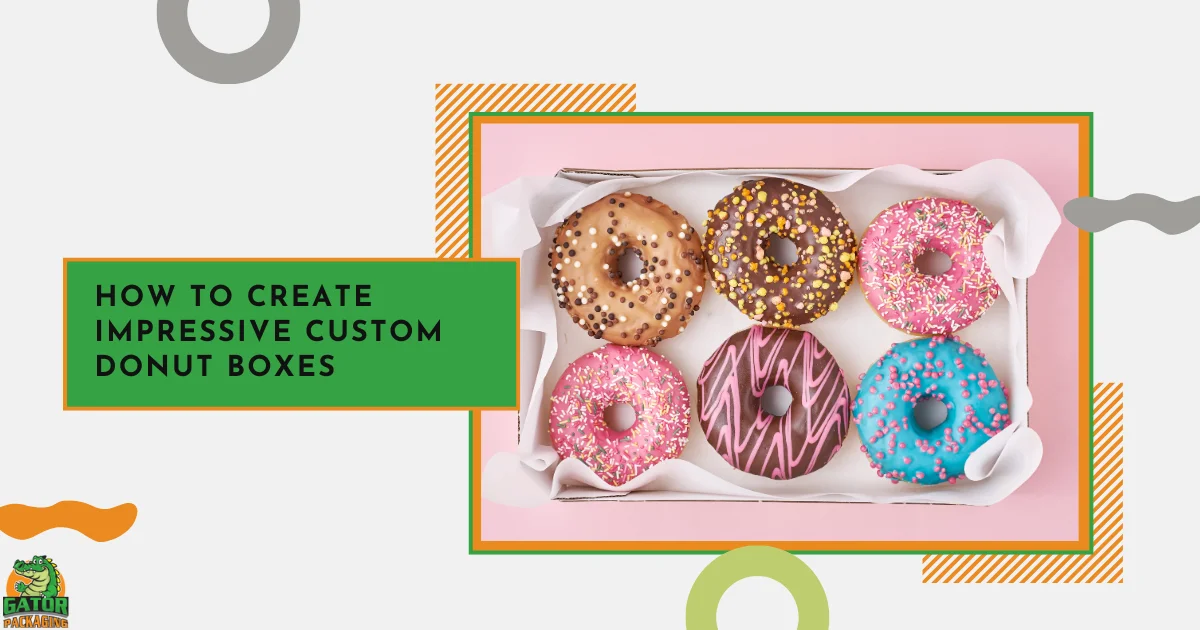Okay, let’s talk donut boxes, folks. Not exactly glamorous, but oh boy, did I learn the hard way how crucial they are for making your brand pop. I just went through this whole process for my own little donut venture, and let me tell you, it wasn’t as simple as grabbing the cheapest box off the shelf.
My First Rookie Mistake: Thinking Any Box Would Do
Early on, I ordered a bunch of those plain brown cardboard boxes. You know the ones – sturdy, functional, completely boring. Cost-effective? Sure. But when I handed a donut order to a friend, their first reaction wasn’t “Wow, these look amazing!”, it was more like… silence. Then, “Oh, thanks.” The donuts inside were fantastic! But the box? It screamed “forgettable corner store.” Big wake-up call. I suddenly realized the box is the first real physical touchpoint a customer has with your brand, before they even taste the goods. Oops.

Hitting the Drawing Board (And Google)
So, I got serious. Step one was figuring out what I actually needed beyond just holding donuts. I grabbed a notepad:
- Size & Shape: My main seller was a half-dozen box. How much space do the donuts need to breathe without rattling around? Did I want a simple fold-top, a fancy sleeve, or something with a window?
- Material Matters: Grease is the enemy! My cheap boxes sometimes got those ugly oil spots. Thicker cardboard? Special liners? I had to figure it out.
- Brand Personality: My brand is kinda fun, kinda retro. Pink stripes, playful fonts. How do I translate that onto a box?
- Budget Reality Check: Couldn’t blow the whole budget on boxes, needed a sweet spot.
Lots of sketching terrible designs and combing through supplier websites came next.
The Great Sample Hunt
Reading specs online is one thing, feeling the box is everything. I ordered samples from a bunch of suppliers. Seriously, order samples! Pictures lie. I needed to feel the thickness, test the clasp, see how crisp the printing was.
- Box A: Felt flimsy, like it wouldn’t survive a short walk.
- Box B: Great quality, but the printing was blurry!
- Box C: Perfect print, nice sturdy feel… but cost twice as much as others.
- Box D: Had this great retro pink stripe design with a little window… just like my sketches! Material felt solid, not like those cheap pizza boxes. Price was higher than the plain ones, but acceptable.
Holding Box D felt different. It felt intentional. It matched my vibe.
The Real-World Box Test
Before committing to hundreds of Box D, I ran a real-life test. I filled a few samples with actual donuts.
- Could it handle stacking without crushing?
- Did the grease seep through? (Nope, the liner worked!)
- Did the window get foggy or make the donuts look greasy? (Thankfully, no.)
- How easy was it for a customer to open and close?
It passed with flying colors. The pink stripe really stood out.
Pulling the Trigger (& Seeing Results)
I nervously placed my first decent-sized order. It was a bigger upfront cost than those plain boxes, but man, the reaction when I started using them? Totally different. People actually mentioned the boxes! “Oh, this is cute!” “Feels so much nicer.” Some even took photos of the box with the donuts inside.

It wasn’t magic, sure ain’t rocket science, but here’s the simple truth I learned:
- Your box isn’t just packaging, it’s advertising. People carry it around. Others see it.
- It sets expectations. A flimsy, plain box tells customers “meh, it’s just a donut.” A stylish, sturdy one tells them “this is something special.”
- Details signal care. If you care enough to put your donuts in a nice box, it subtly tells the customer you care about the donuts too.
Don’t underestimate the box. Find one that feels right for your brand, feels sturdy in hand, and makes you proud to hand it over. That’s the trick.
















